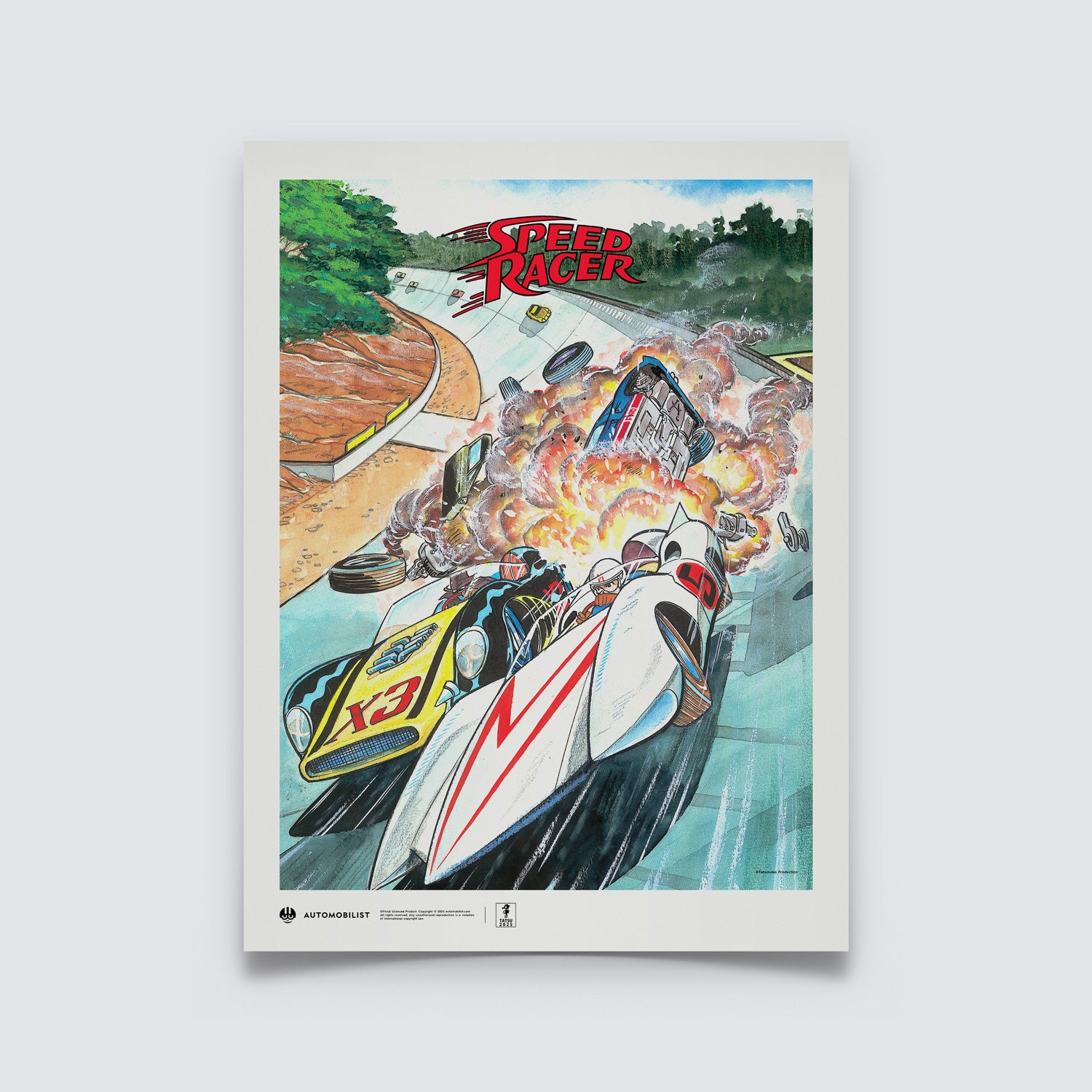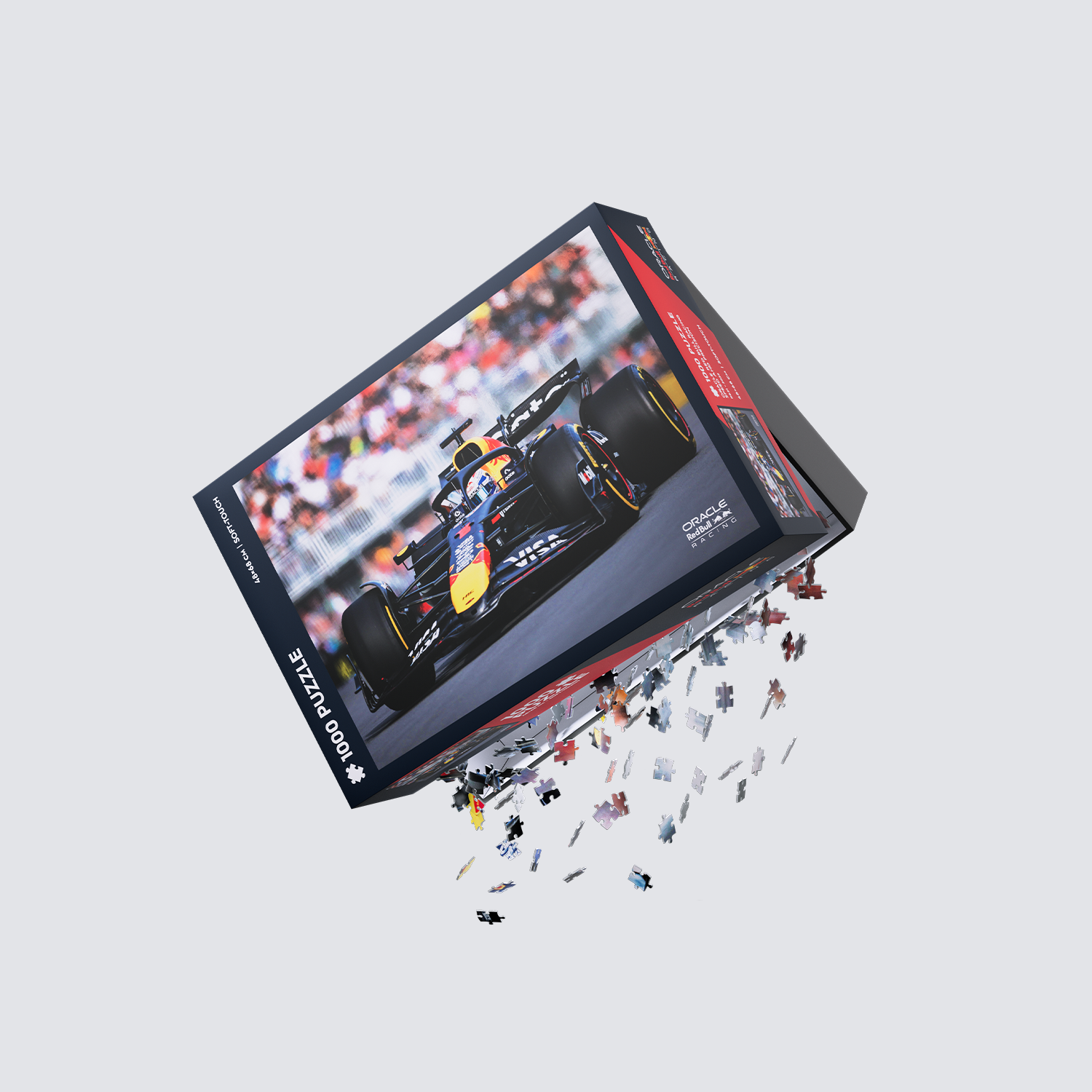Written and captured by Richard Kelley
Fifty-one years ago, F1 was a spectacularly different beast within a different world. As from the beginning of most motorized competitions of the age, once the pilot was buttoned up and headed out on the pit lane, he was alone. Victory or defeat was entirely in his hands.
In the practice sessions, days before, every driver struggled to find a comfortable balance with full and light fuel loads and tyre wear. From there, some had thought of pushing further, exploring the mental challenge of how to set their car so that the final laps would put their machine in the best window to run for the checkers, but that was if their machine had the temperament and accuracy to tell the driver the truth from the first turn of the wheel.
Each pilot knew he was the only actual adjustable part - having compiled a thoughtful, practical, and tested “performance map” before his race morning that identified his machine’s pluses and minuses - of where to go and where never to tread during their flat-out 200-mile chase to the checkered flag.
Clay Regazzoni
 © Richard Kelley
© Richard Kelley
Let’s begin with Clay Regazzoni, facing the end of Ferrari’s 1972 season. The Swiss ace had won his first Grand Prix at Monza in his 1970 debut season with Ferrari. Now, he faced tremendous pressure from Lotus and Tyrrell. As he quietly sat on the Watkins Glen pit wall, he reflected on his decision to leave Ferrari for BRM. Would the promises from his new team pan out? Would this team give him a winning car?
With no crucial data, Regazzoni's choice was like every other driver's situation - promises were easy, and results were essential. That was enough for his future to clog his brain. He faced a Grand Prix tomorrow, which might give him an edge, and he could only produce it alone.
Jacky Ickx
 © Richard Kelley
© Richard Kelley
Starting alongside Clay that cold 1972 morning was an equally capable teammate and Ferrari ace, Jacky Ickx. The Belgian ace had already been runner-up to the 1969 and 1970 Formula 1 World Championships for Brabham and Ferrari. Jacky was destined for even more significant moments ahead at Le Mans, but on that frigid Watkins Glen race morning, he was content to sit tight under tarps in his Ferrari heat-soak before his roll-on to the starting grid.
As was the situation of his other contestants, Jacky was alone, only guided by his learned practice set up to point him to the checkered flag. Would his Ferrari remain balanced, or would the temperature in his dated Firestone slicks wear away without warning? Regardless of his machinery, Ferrari expected him to find his fast way forward, regardless of the conditions.
As time passed, Jacky’s refined manner and passionate personality seemed a waste with Ferrari as they seemed to leave Ickx to fight alone, but he found a home with first John Wyer and Ford at Le Mans, leading to his epic years with Porsche.
Niki Lauda
 © Richard Kelley
© Richard Kelley
Here, two-time World Champion Niki Lauda faced an identical challenge at Watkins Glen during the 1978 US Grand Prix. As he pulled his balaclava over his scared face, his chief mechanic had just relayed the message that his Brabham’s engine was leaking and would probably never make the grid. He turned and whispered to Ermano Coughi that he would take it to the finish.
Alone but energized by the challenge, Niki fought through the pack and moved to fourth and third, passing new World Champion Mario Andretti’s Lotus 79. It was all for nothing, as Lauda’s engine expired a lap later. It would be that same determination that would bring Lauda his third World Championship in 1984.
Alain Prost
 © Richard Kelley
© Richard Kelley
Lauda's future teammate Alain Prost faced an identical challenge in his early F1 days with Renault. No matter what Alain reported to his Renault engineering staff, their decisions out-muscled Prosts' in-car observations. Offered here, Prost finds a hidden spot to vent his frustrations, knowing that only eliminating his anger allowed him to move forward.
To no one's surprise, save Renault engineers, Prost took 51 career victories primarily due to his conservation of his brakes and tires early in a race and his smooth, relaxed style.
Nelson Piquet
 © Richard Kelley
© Richard Kelley
Finally, we sadly feature a distraught Nelson Piquet. It's raining in Detroit, and the look on Piquet's face says it all. The biggest surprise, however, was seeing the defending World Champion at the bottom of the time sheets. Severe problems with the team's 1982 BMW engines destroyed his 1982 season. Here in his race car and spare during the morning session, rain in the afternoon combined to keep him off the grid for Sunday's race.
Having won his first F1 world championship in 1981 and second in 1983, both with Brabham, Piquet faced utter despair throughout his 1982 F1 season. Hampered by severe engine unreliability throughout that season’s championship, it took every ounce of Piquet’s grit to continue.
Alone but not beaten, Piquet would take every molecule of his determination to the Canadian Grand Prix the following weekend for victory, only to have the team fall back to failure after failure of their BMW engines.
The lesson from these stories is that those who maintain determination while calmly delivering everything to the fight will find victory, even if it is eventually captured alone.














































